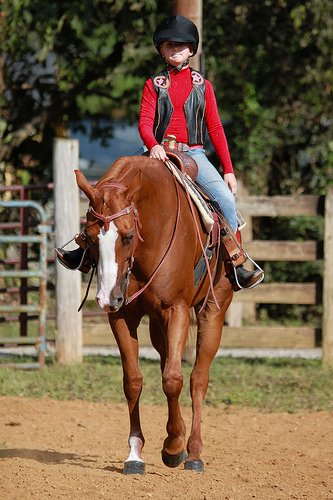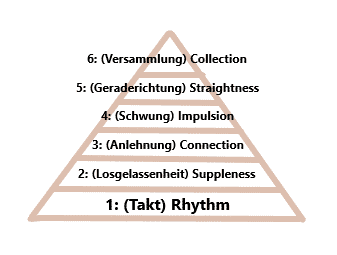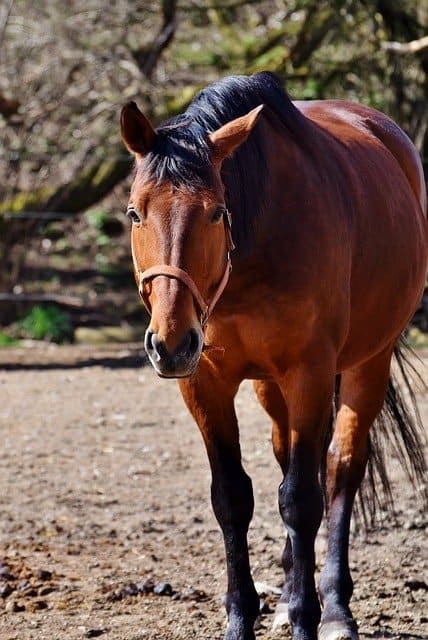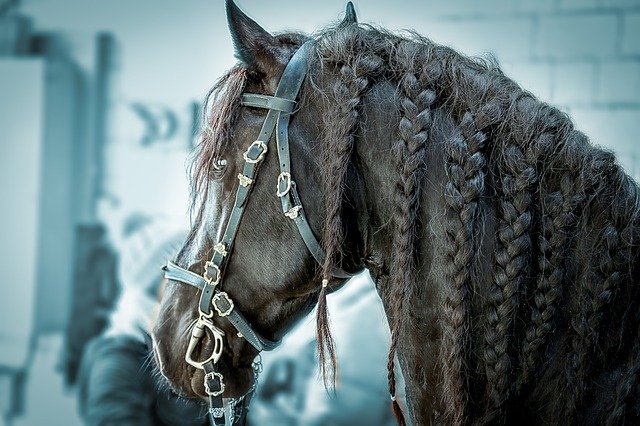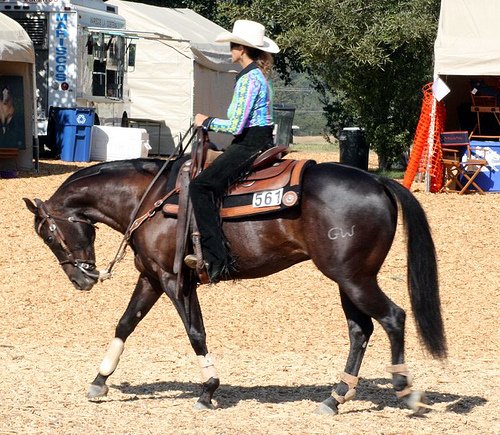
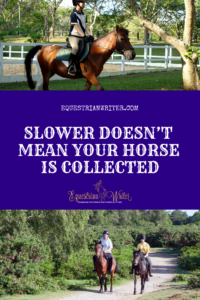
There seems to be a bit of a disconnect for some riders in the western show pen. There is still a misconception for some riders that slower somehow means collected. Yes, a collected horse will often have a slower, smoother trot and canter, but slow does not always mean collection. Collection just makes slower easier.
[click_to_tweet tweet=”Slow does not always mean collected. Collection just makes slower easier. #horses #247equestrian” quote=”Slow does not always mean collected. Collection just makes slower easier.”]
In fact, teaching collection actually requires more forward momentum – not less – to begin with. I know, I just wrote an article 2 days ago about slowing down the trot. But that’s after the horse has achieved the beginning stages of collection and the exercise does not include hauling back on the horse to force the horse to slow down. Transitions are used to strength core muscles, improve collection, and encourage – not force – the horse to control and slow the trot.
But let’s back up a step to the very beginning of collection. When you are first starting out, you want as much forward momentum as possible – within reason. We don’t want any bolting or strung out panicking. The horse should stay calm and in control, but collection cannot be achieved without forward momentum.
It is easier to slow a horse down than it is to speed one up. I’m sure we’ve all been there at some point, on that stubborn lesson pony that just won’t go even if you kick until your legs go numb. No one wants to ride a horse that just won’t move — well, ok, some people like those and feel safer on them, so if that’s you, go for it — but if you don’t want something that can’t go fast than a slow crawl, then encouraging forward momentum early on will save you a lot of pain early on.
Again though, forward momentum with control. If your horse like bolting or funny business, then I suggest you visit a few of these resources before continuing to help you harness all that forward momentum in a constructive fashion.
- Classical lunging for calmness and control
- Lateral flexion of the poll for softness
- Yielding the hindquarters for body control and emergency brakes
True control is not just about slowing down. If you truly have control of your horse’s strides you should be able to lengthen or shorten them at will. Many people think of speeding up or slowing down with the gait. In true collection, it is not the speed of the feet that changes so much as the length of the stride.
Too often, when a horse that is not properly collected slows down, they are shortening their stride and slowing their feet. This is one techniques that precipitated the peanut roller fad which produced short-strided, sluggish movers that looked like lame snails moving through molasses. Thankfully we are moving away from those techniques, but it is important to understand where these fads came from so we, as a community, can avoid falling back into old habits.
Thumnail by Just chaos







